Ruchira tells us about Marathi weddings, in the weekly column, exclusively for Different Truths.
Marathi weddings are middle-level affairs, a sharp contrast from the big fat Indian wedding projected by the innumerable soap serials on television channels.
Firstly, an engagement ceremony Sakhar Puda is held. In a gathering of close friends and relatives saris and sweet delicacies are gifted to the bride by the groom’s family. The bride sits flanked by her parents upon a wooden block. The groom’s mother applies haldi-kumkum on her forehead and gifts her saree. She also presents a cone-shaped packet filled with ‘pedas’ (sweets). Then she repeats this kumkum ritual with bride’s parent. Later[, the bride’s mother repeats the same ritual with the groom and his parents. Thereafter the couple exchanges ring.
For the Muhurt Karvane ceremony minimum five ‘Suhasanie’ (long and happily married women) are invited by bride’s parents to their home. They pound dried turmeric in the iron mortar to grind them into a fine powder which later used in the haldi function. Then they roll out papads and Sandage (grind pulses, mixed with spices and dried in the sun). Next, there is a formal display of commodities linked to the impending wedding – clothes, jewellery, kitchen essentials, five types of dry fruits, and sweets. On an auspicious day, they symbolically invite Lord Ganesha to the wedding. 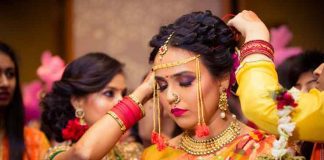 Thereafter, invitations are sent out.
Thereafter, invitations are sent out.
The close family members and the relatives of bride invite her and her family for dinner. This is known as Kelvan. Then the bride’s parents invite close family members and relatives for dinner and offer them gifts. A similar ritual takes place at the groom’s house as well.
Haldi Chadavne takes place on the eve of the wedding. A bunch of five suhasnies pounds the raw turmeric tubers into a smooth paste. The scooping up the paste with mango leaves held in both hands they apply the paste on the bride’s feet, knees, shoulders, and head. An identical ceremony is held at the groom’s house. Interestingly turmeric paste left over after his application is sent to the bride for an application. After this ceremony, both bride and groom are to remain strictly confined to their homes until the wedding is over and done with.
During the Simant Pujan ceremony, the bride’s mother worships the groom to be. She washes his feet, applies kumkum tilak, does aarti and then presents his gifts. Later, the groom’s mother gifts the bride five sarees and jewellery.
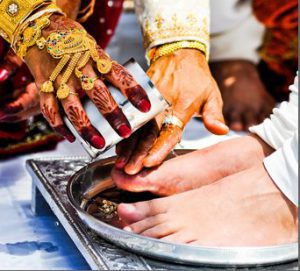 On the wedding day, rituals begin with Ganpati puja, the people in both families pray that the wedding is accomplished without any hurdles.
On the wedding day, rituals begin with Ganpati puja, the people in both families pray that the wedding is accomplished without any hurdles.
During Punyahvachan, the priest asks the bride and her parents to seek blessings of everyone present. The same ritual takes place at the groom’s home too.
During the Kuldevta Sthapna, the family deity is invoked and asked to shower his blessings on the bride. This ceremony is held concurrently at the respective homes of the bride and groom.
Gurihar Puja is when the bride gets ready for her wedding, she is attired in a beautiful yellow sari gifted by her maternal uncle, and amundavalya (a string decked up with pearls and flowers) is tied on her forehead. Then the bride sits in a room in front of a silver idol of goddess Parvati, placed on a pile of rice. The bride takes some rice in her hand and puts that on the idol and seeks blessings of goddess Annapurna for happy and prosperous future.
Lagna muhurta
Whole grains of rice (Akshata) is distributed among those present in the mandap. This is to be thrown on the couple as a gesture of blessing and good wishes. The groom wears a cap and mundavalya. Next, he is led to the mandap and asked to stand on a wooden peedi (low stool) with a floral garland in hand. The priest holds a spotless white cloth or antarpat. The groom is thus screened from the bride, while he chants some sacred shlokas. The bride is brought by her maternal uncle to the venue and made to stand on a similar wooden stool placed on the other side  of the antarpat, facing the groom and made to hold a garland in her hand. The screen is dropped following which the duo garland each other. Then follow main rituals like kanyadaan –the father of the brides gives her hand in wedlock to the groom forever. The groom ties the mangalsutra around the bride’s neck. This is followed by saptapadi where the couple walks seven steps around the sacred fire, vowing to live together in perfect harmony.
of the antarpat, facing the groom and made to hold a garland in her hand. The screen is dropped following which the duo garland each other. Then follow main rituals like kanyadaan –the father of the brides gives her hand in wedlock to the groom forever. The groom ties the mangalsutra around the bride’s neck. This is followed by saptapadi where the couple walks seven steps around the sacred fire, vowing to live together in perfect harmony.
The next ceremony on the list is Manpan wherein the bride’s mother gifts sarees to all the women folk in the groom’s family. Likewise, the bride’s father presents gifts to groom’s father, siblings, uncles and so forth. The groom’s parents reciprocate by offering gifts to their respective counterparts.
During the Varat ceremony, the bride bids an emotional farewell to her family and seeks blessings of all the elders. The groom picks that silver idol of Goddess Parvati. Then the duo proceeds towards the groom’s home.
Grihapravesh
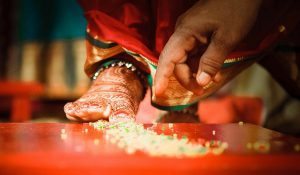 When the newlyweds reach the groom’s house, his mother performs the aarti. The bride nudges a jar full of rice with her right foot and steps into the house. After being seated, the groom places the idol of Goddess Parvati on a plate of rice and writes his wife’s name on it. The mother of groom sits between the couple and looks at the bride’s face in a mirror, this ritual is known as soonmukh baghane. Then the couple gives sugar to everyone present there and seeks their blessings for their new life.
When the newlyweds reach the groom’s house, his mother performs the aarti. The bride nudges a jar full of rice with her right foot and steps into the house. After being seated, the groom places the idol of Goddess Parvati on a plate of rice and writes his wife’s name on it. The mother of groom sits between the couple and looks at the bride’s face in a mirror, this ritual is known as soonmukh baghane. Then the couple gives sugar to everyone present there and seeks their blessings for their new life.
At the Reception, the bride looks every inch a queen, draped in a resplendent ceremonial silk sari, gifted by her in-laws and heavily laden with traditional jewellery, procured from diverse sources. Likewise, the groom dons the clothes gifted to him by his in-laws. The wedding festivities are finally winded up with a grand gala feast.
©Ruchira Adhikari Ghosh
Photos from the Internet
#IndianWeddings #MaharashtrianWedding #SilkInWeddings #RitualsOfMaharashtrianWedding #Weddings #RitualsAndCelebrations #HinduWedding #SliceOfLife #DifferentTruths

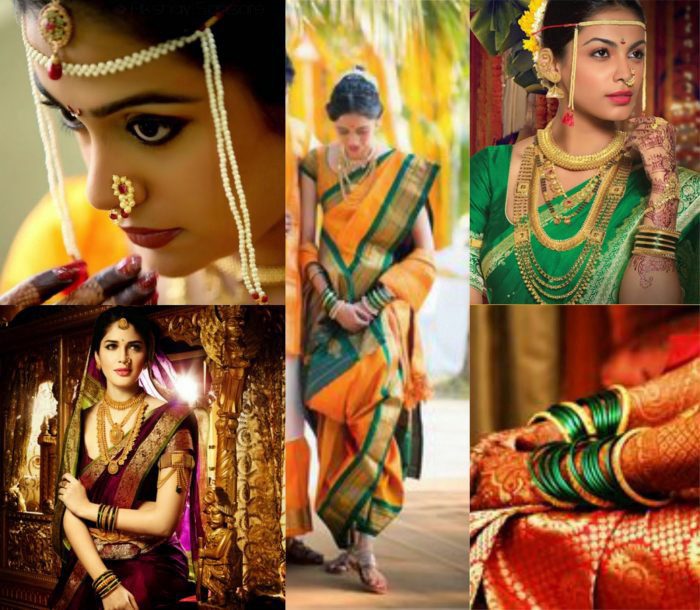



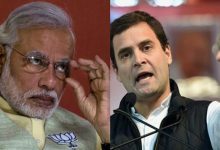
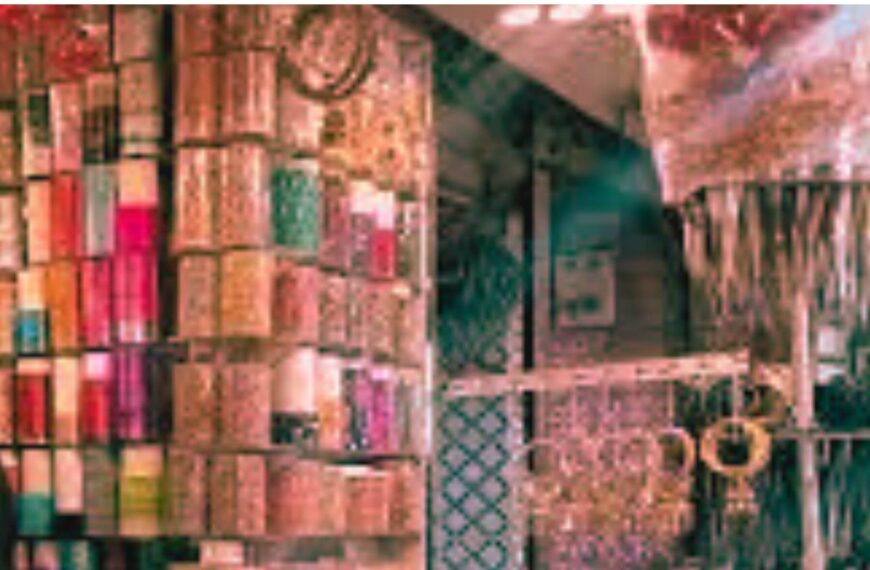
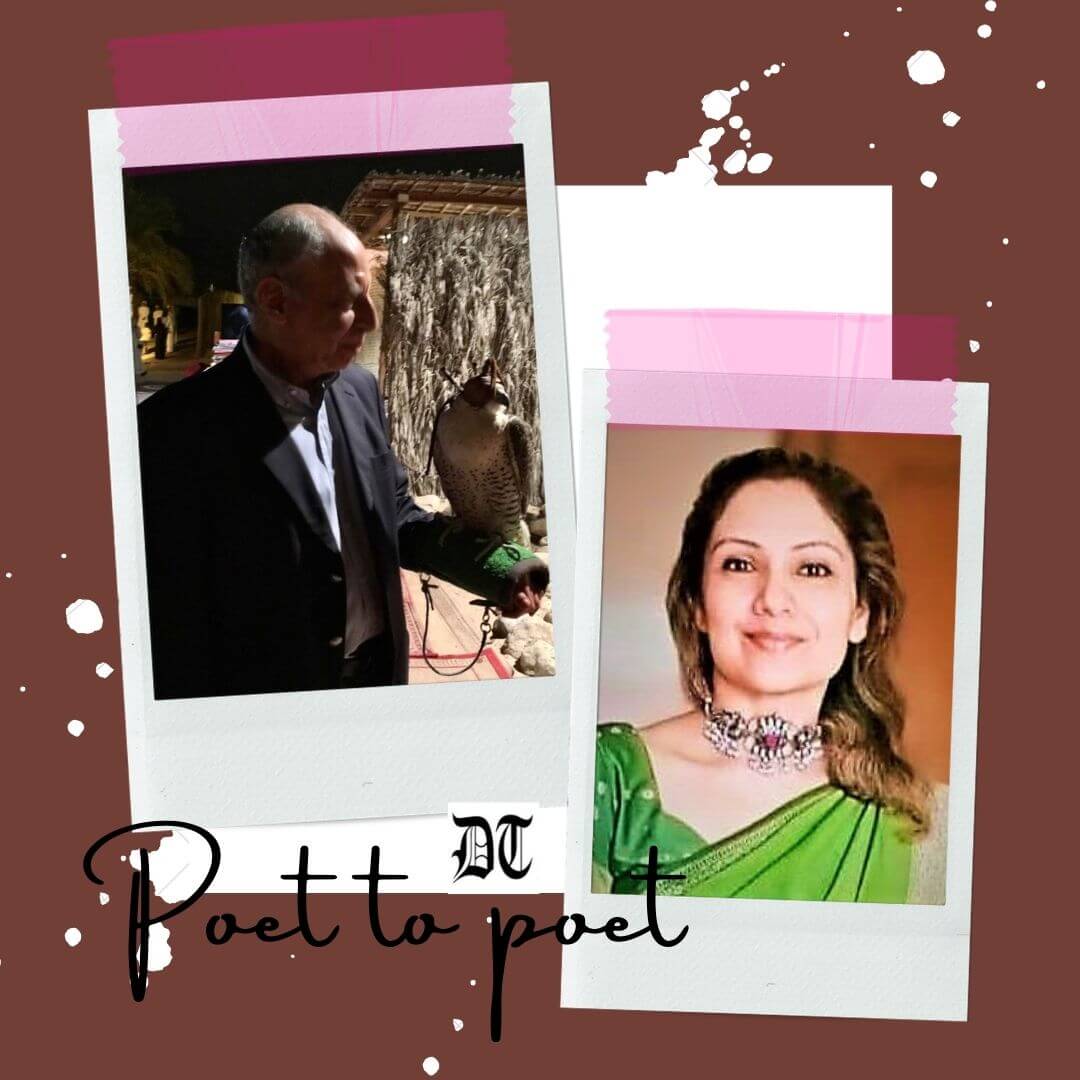
 By
By
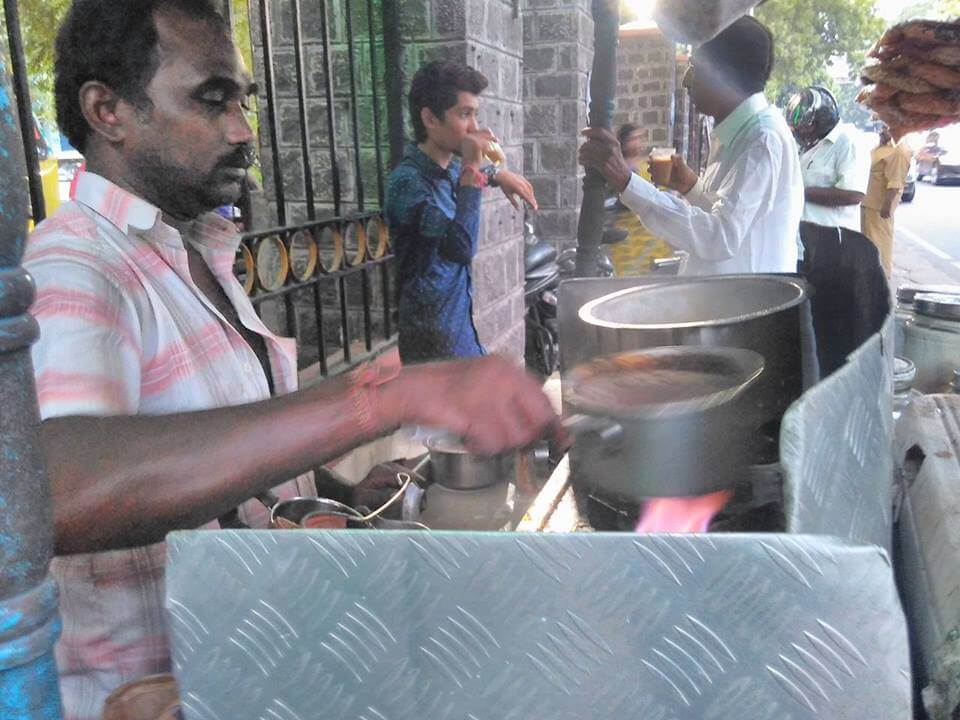
 By
By